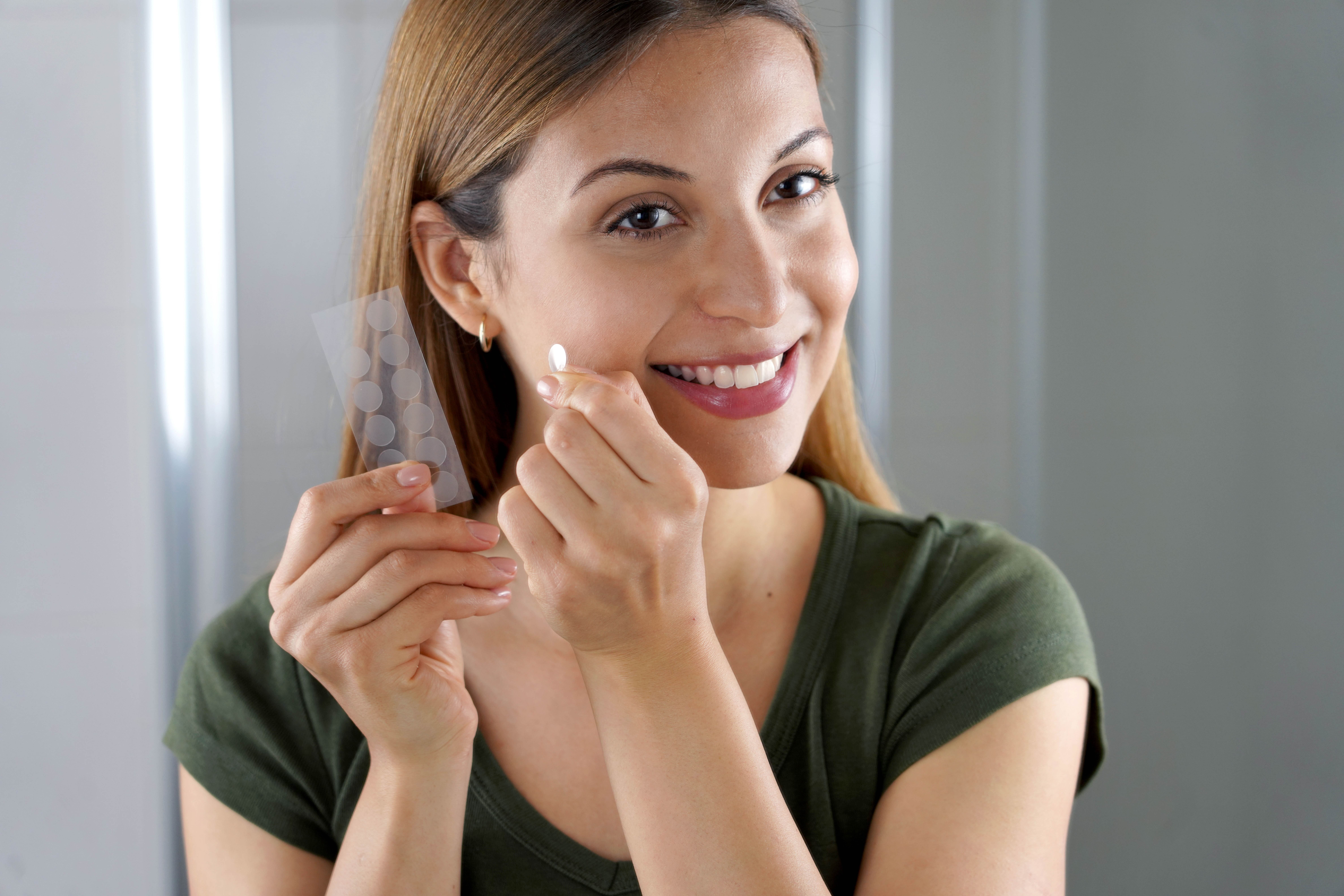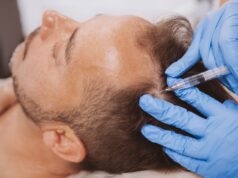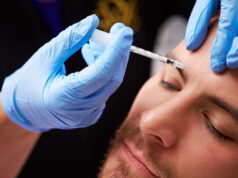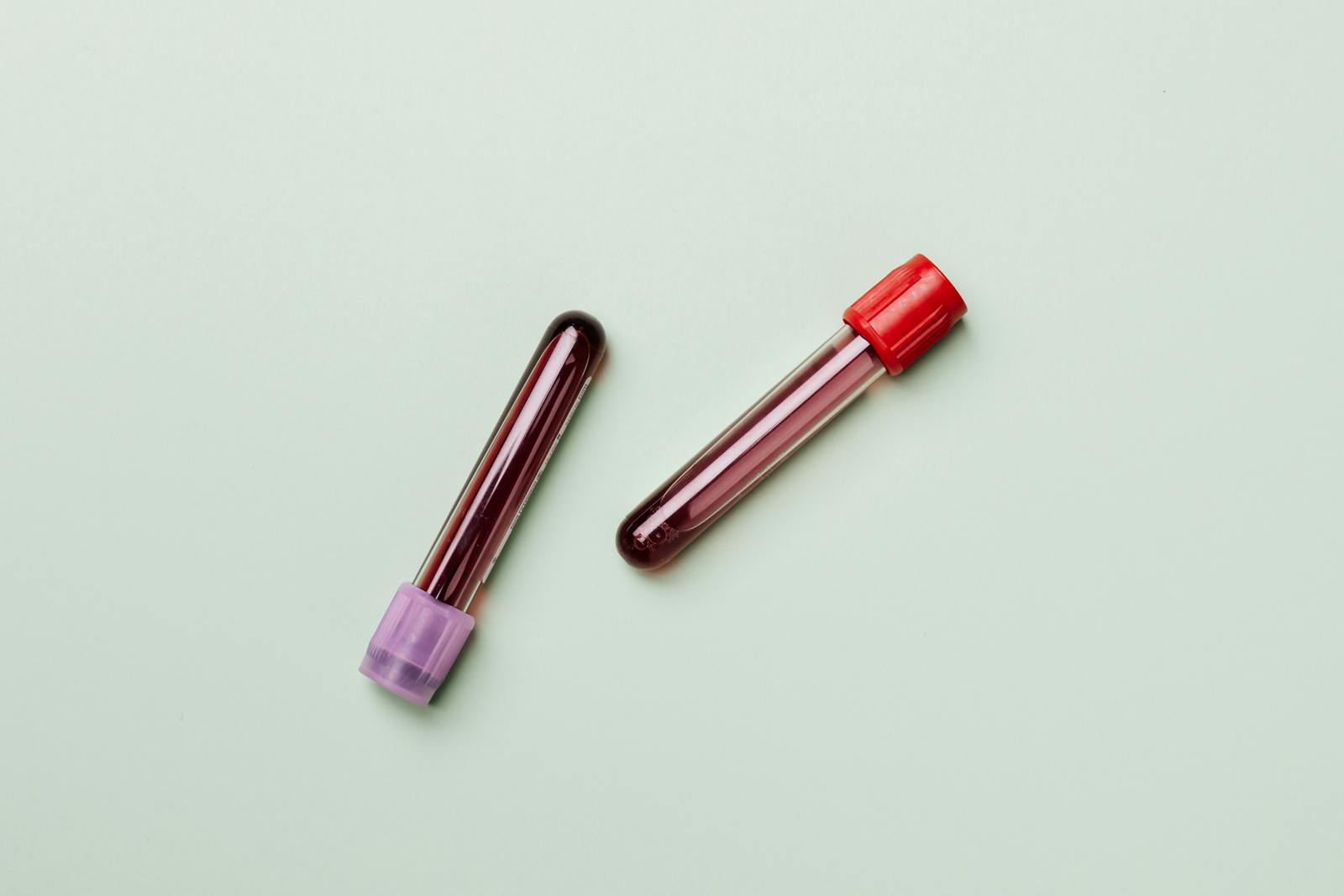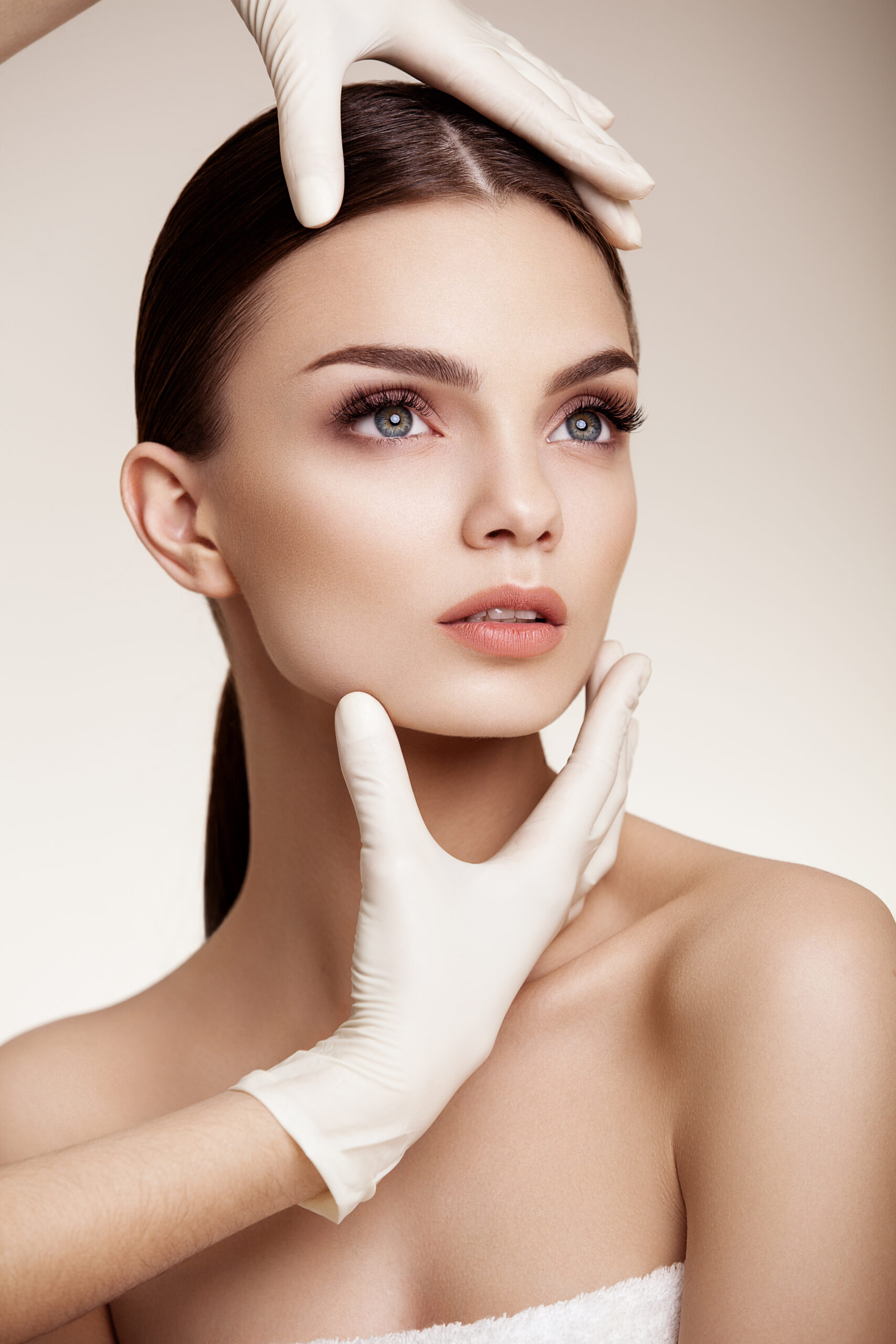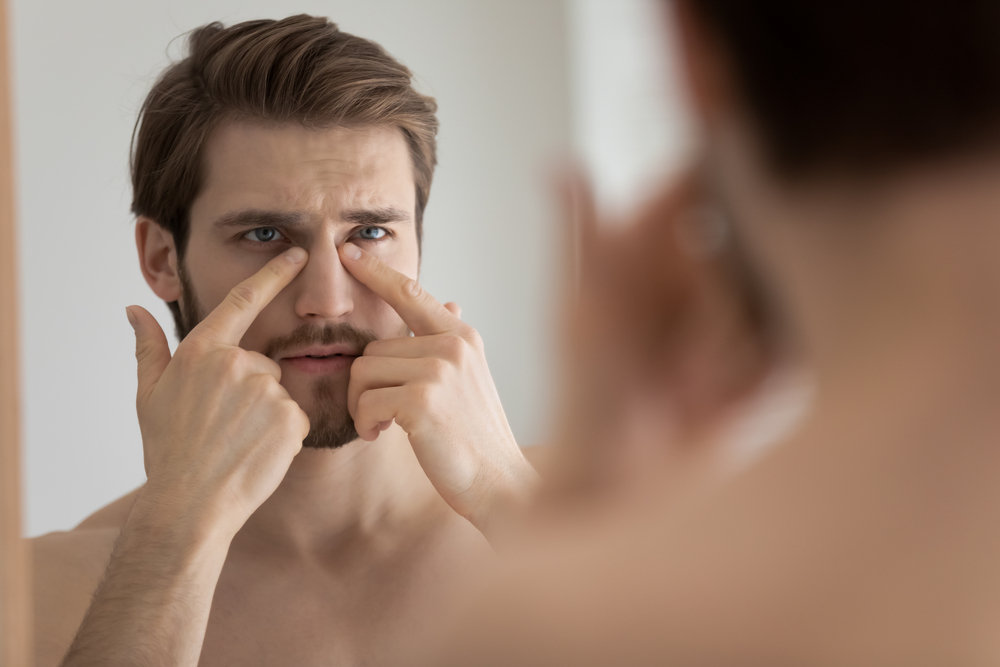Pimple patches have taken the skincare world by storm, with celebrities like Hailey Bieber and Sam Fender sporting them.
It seems to be one crazy trend after another with Gen-Z…
Promising to shrink blemishes and even prevent picking, these patches have become a must-have accessory for beauty enthusiasts. But are they really as effective (or harmless) as they seem?
So, why are people going crazy for them?
Pimple patches, also known as spot or zit stickers, are small adhesive dots placed directly on acne spots. Most are made from hydrocolloid, a material commonly used in wound care to absorb fluids while keeping the skin moist. Many patches also include acne-fighting ingredients like salicylic acid or niacinamide. With options like Starface’s bold star-shaped patches or the minimalistic Mighty Patch by Hero, pimple patches combine function with aesthetics, making them a fan favorite on social media.
The appeal lies in their convenience, effectiveness, and, perhaps most importantly, their aesthetic. For acne sufferers, pimple patches offer the promise of treating blemishes discreetly (or not-so-discreetly, thanks to colorful options). They also tap into a growing movement that normalizes acne, with many users proudly displaying their patches on TikTok and Instagram.
The “cover and heal” function is another key selling point. By creating a protective barrier over the pimple, patches stop users from picking at their spots, which can cause hyperpigmentation, scarring, and even more breakouts. This isolation creates an optimal healing environment, as dermatologist Dr. Emma Craythorne points out. Additionally, they help absorb impurities, making them especially effective for whiteheads and surface-level blemishes.
The Concerns Dermatologists Are Raising
Despite their popularity, not all dermatologists are fully on board. Experts have flagged potential risks, including irritation and infection, depending on how the patches are used.
1. Excess Moisture
Hydrocolloid keeps the skin moist, which can speed up healing in controlled cases. However, excessive moisture can sometimes create a breeding ground for bacteria, especially on acne-prone skin. Dermatologist Dr. Kenneth Mark warns that this could increase the risk of infection.
2. Ingredient Sensitivity
Many patches contain ingredients like salicylic acid to treat the underlying pimple. While effective, trapping these ingredients under the adhesive can intensify their potency and cause irritation or even chemical burns in some cases, particularly for those with sensitive skin.
3. Improper Application
Overuse or misuse of patches also raises concerns. Covering large areas of the face with multiple patches may suffocate the skin, preventing it from exfoliating and “breathing.” Experts, including Dr. Muneeb Shah, caution against this trend.
4.Damage to Skin Barrier
Peeling a pimple patch off prematurely can remove the protective head of the blemish, leaving an open wound. This not only prolongs healing but can also lead to scarring or deeper infections.
Should You Use Pimple Patches?
When used correctly, pimple patches can be safe and even beneficial. Dr. Emma Craythorne supports their use for isolated pimples, as they shield spots from bacteria and prevent picking. However, they shouldn’t replace a comprehensive skincare routine or professional advice for severe or persistent acne.
Best Practices for Pimple Patch Use:
- Cleanse Before Application: Ensure your skin is clean and dry before applying to avoid trapping dirt or bacteria.
- Use Sparingly: Stick to treating one or two spots at a time rather than your entire face.
- Follow Instructions: Pay attention to the recommended usage time and avoid overuse.
- Be Gentle: Peel the patch off softly to prevent damaging your skin.
- Pair with Other Treatments: Use them as a supplementary tool alongside dermatologist-approved acne treatments.
Celebrity-loved pimple patches can be a great tool for managing occasional blemishes, especially for those who want a quick, effective, and stylish solution. But they’re not without risks. Overuse, poor application, or misuse can lead to irritation, infection, or worse outcomes. For acne sufferers, patches should complement—not replace—a balanced skincare routine or expert advice.
Ultimately, pimple patches work best in moderation and with proper care. And if you’re unsure whether they’re right for your skin, consult a dermatologist first. After all, every face deserves a personalized approach to its care.
Do you have a story? Email Holly@harleystreetcommunications.co.uk

